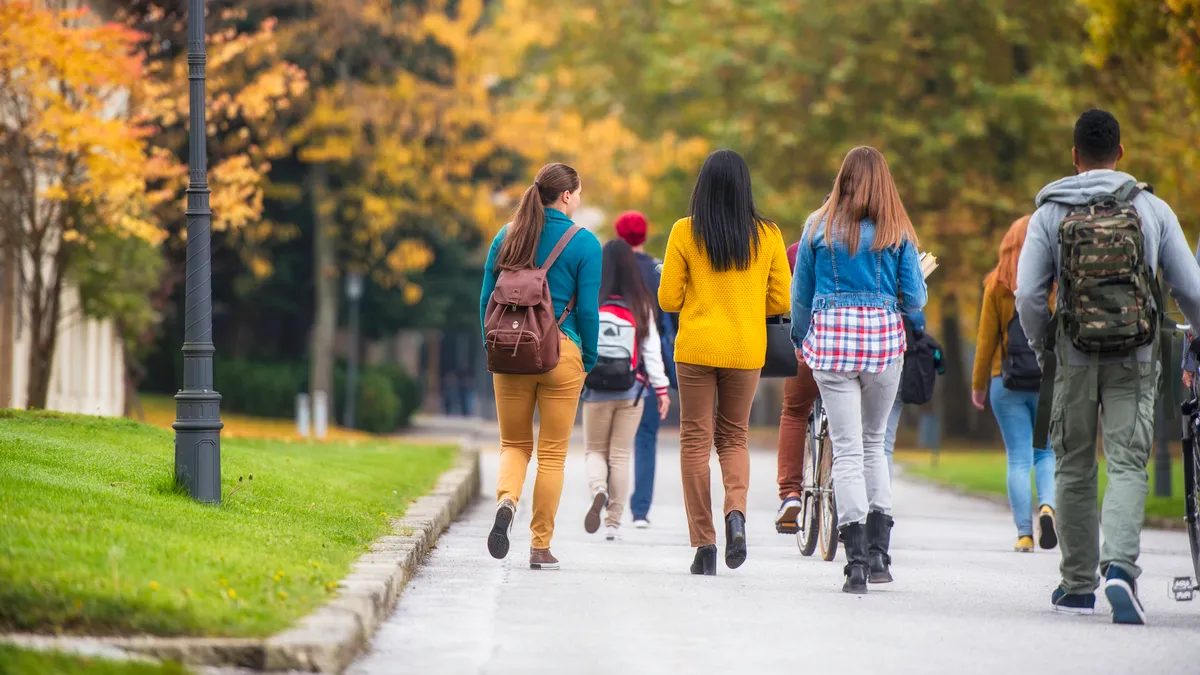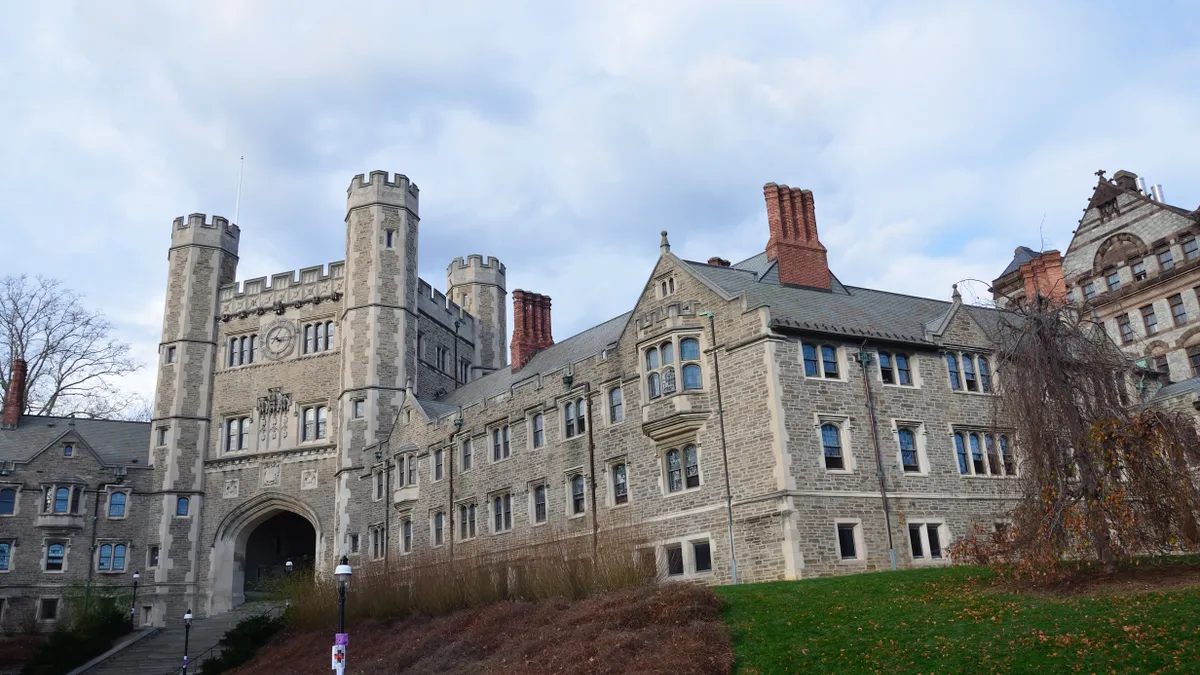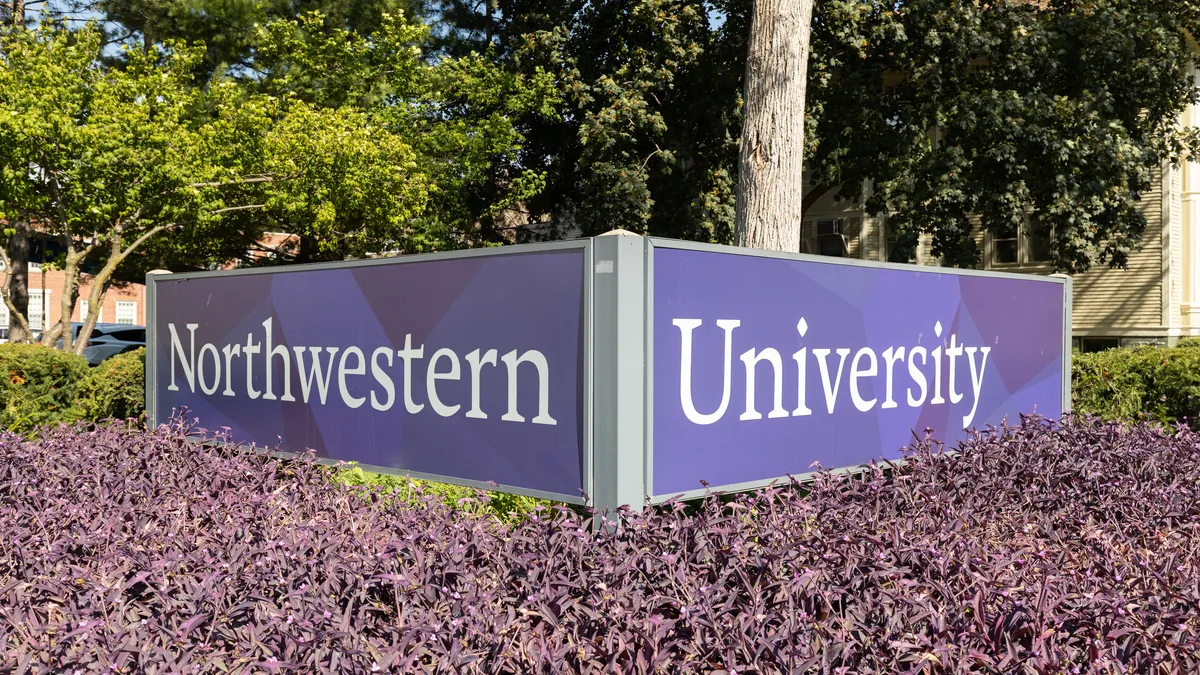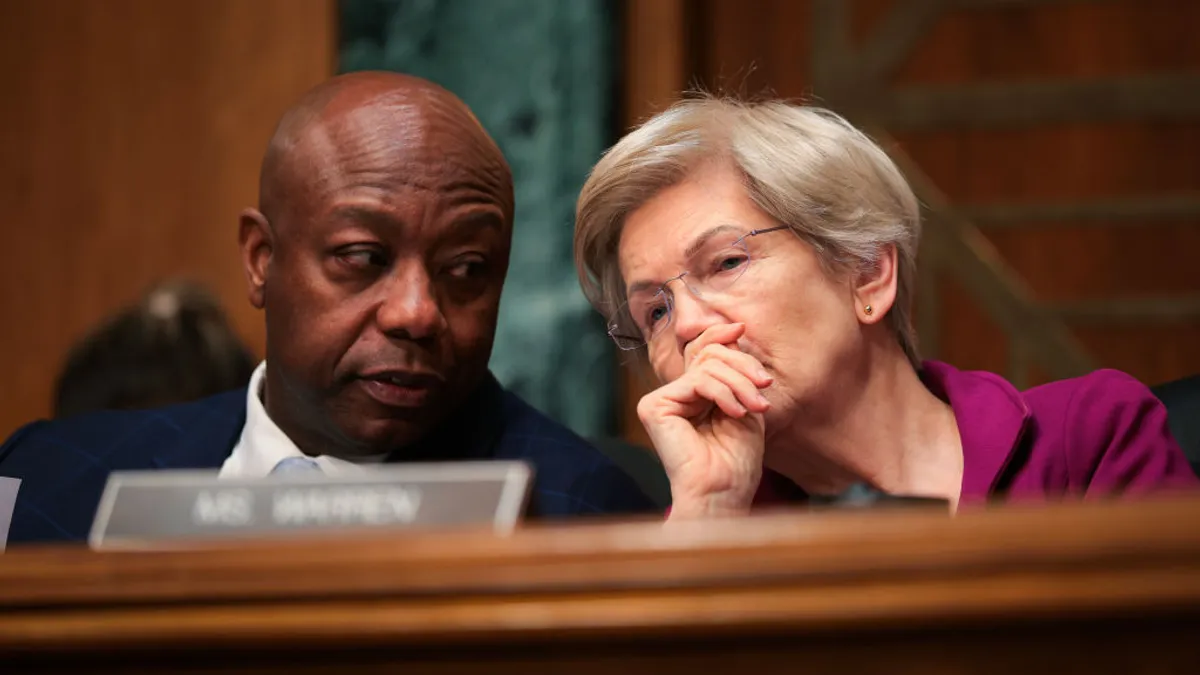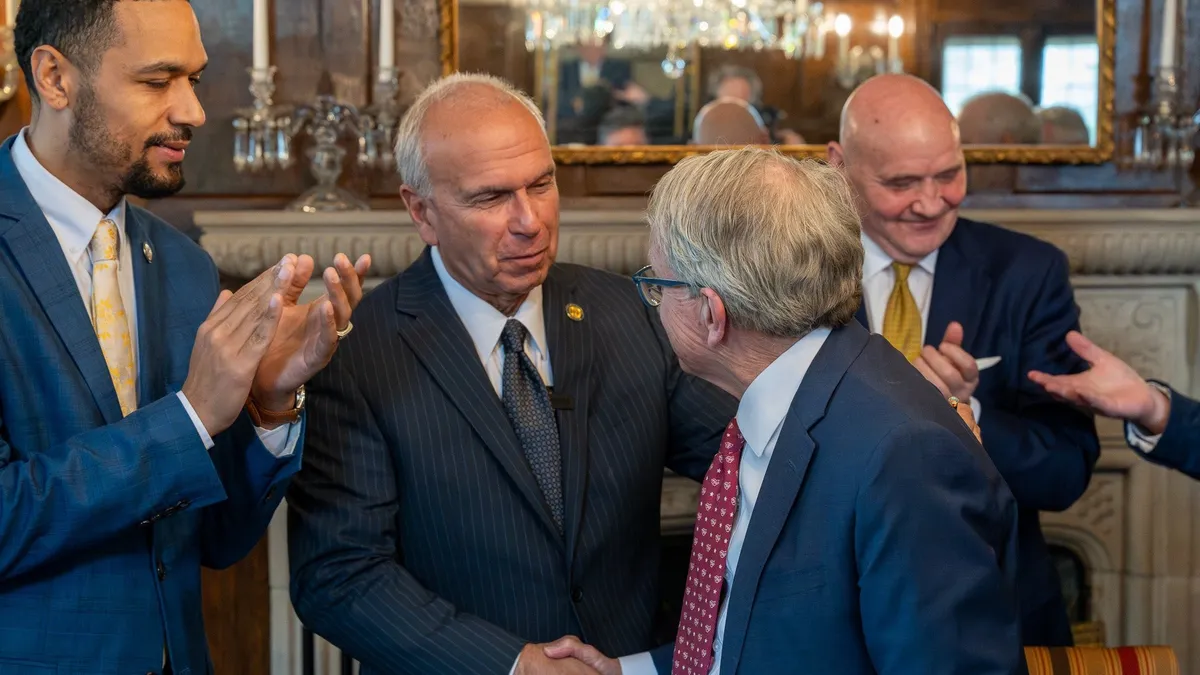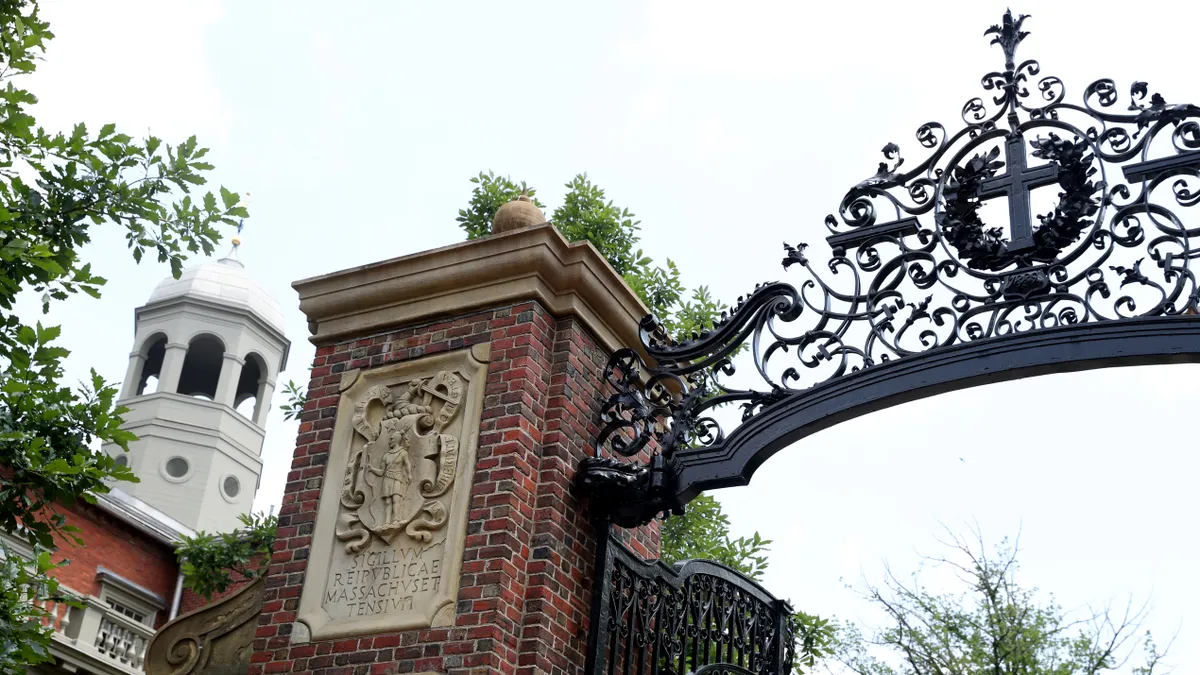Jane Swift is the former governor of Massachusetts and the head of the nonprofit Education at Work, which partners with companies and higher education institutions to connect college students to job opportunities.
Earlier this year, the Biden Administration urged colleges and universities to lend a hand to the nation’s K-12 schools. Specifically, it called on postsecondary institutions to use at least 15% of their annual allocation of roughly $1.2 billion in Federal Work-Study Program funds to employ more college students as tutors, mentors and student success coaches in public schools.
The White House included the call to action in its agenda for accelerating K-12 academic performance after pandemic-era school closures. But for higher education, this announcement should increase urgency around rethinking the connection between education and employment.
Under the Federal Work-Study program, low- and middle-income college students are paid by their colleges for part-time work to help cover their educational costs. Using these dollars more effectively to enhance the early-career prospects of college students is critical to giving them quality work-based learning experiences.
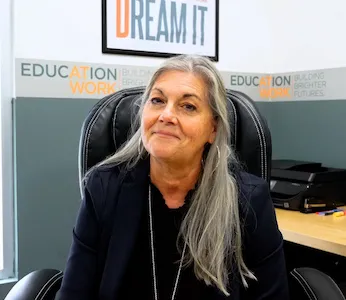
For college students considering careers in education, public policy, social work, or human services, working in our nation’s public schools is not only a win for the K-12 students they serve but also will provide them with needed experience — the definition of a high-quality learn and earn program.
However, most undergraduates don’t get a high quality, career accelerating opportunity to combine work and learning while in college. Yet, nearly two-thirds of undergraduates work while they’re in school. One-quarter of students from low-income backgrounds have full-time jobs — which is concerning, as working long hours correlates with lower grades, fewer credits earned and a higher chance of dropping out.
Although it might seem counterintuitive, working merely to pay the bills while in college often does little to prepare students for the kinds of employment opportunities envisioned by policymakers and higher education leaders.
The reason? Too many of today’s learners have jobs disconnected from their college majors and eventual careers. It’s time to reframe how higher education thinks about work-based learning and how federal dollars should be spent.
Consider which students work and why. Students from wealthier backgrounds might choose paid and unpaid opportunities during college to gain valuable skills, knowledge and connections.
But financially disadvantaged students often must work to pay rent, buy groceries and cover college tuition. These students tend to work longer hours in jobs that provide little scheduling flexibility, which limits their ability to focus on their education or future careers.
Research from Strada shows that first-generation college students are more likely than their peers to work longer hours and less likely to secure career-boosting, work-based learning opportunities like internships.
Meanwhile, there’s a gap between expectation and reality. Seventy percent of first-year students expect to have work-based learning experiences — such as internships, co-ops, field experience, student teaching, or clinical placement — while in college. Yet fewer than half of students, 48%, report having had such experiences by the time they reach their senior year.
Working learners — who are disproportionately Black, Latino/a or women — aren’t simply being shut out of career opportunities. Many do not even graduate. Just 22% of working learners from low-income backgrounds earn a bachelor’s degree within six years of starting college.
Ironically, higher education has long had a mechanism for helping more students access work-based learning: the Federal Work-Study Program.
In 2016, researchers from Teachers College, Columbia University, found that students who participated in Federal Work-Study were more likely to earn a bachelor’s degree and find employment after graduation.
At the same time, these jobs rarely advance students' career goals. More than 90% of Federal Work-Study funds support on-campus jobs — roles that are often within college administrative offices and offer little career relevance or development.
Policymakers in recent years have attempted to expand the scope of the Federal Work-Study program.
In 2023, Sens. John Kennedy, a Republican from Louisiana, and Chris Murphy, a Democrat from Connecticut, reintroduced bipartisan legislation to allow the Federal Work-Study Program to cover residencies for students who want to become teachers or school leaders.
In March, two Democratic representatives introduced a bill to modernize the program by, among other things, increasing access to work-based learning opportunities more closely aligned with students’ career goals.
Forward-thinking institutions also are reconsidering what these on-campus jobs can look like.
Arizona State University employs 11,000 students annually through Federal Work-Study and its Hourly Employment Program. Many of these learners have jobs tightly aligned with their fields of study because Arizona State bakes skills development into its work experiences. This approach allows students to earn a paycheck, gain important career-ready skills and work for a flexible employer that recognizes the importance of education and work.
In 2023, the State Council of Higher Education for Virginia awarded grants to eight colleges and universities to align on-campus work-study jobs with course learning objectives and have them function more like internships.
The nonprofit Education At Work, where I work, helps college students find work as customer and back-office support at Fortune 500 companies. Students employed through us can develop career skills while earning a paycheck and receiving tuition assistance.
Technological advances are helping students gain career experience in class or from their own homes. Remote internships and virtual project-based learning platforms are allowing institutions and companies to solve challenges around time and location. Meanwhile, virtual reality and other immersive learning technologies enable college and high school students to safely and easily explore new careers and develop in-demand technical skills.
Higher education’s approach to work-based learning has long been broken. It has created a two-tiered system in which some students work to gain experience and skills that set them up for career success while others work just to make ends meet. Bridging this gap will require reimagining work and learning, which will transform the college job from a basic necessity into a driver of economic mobility.


